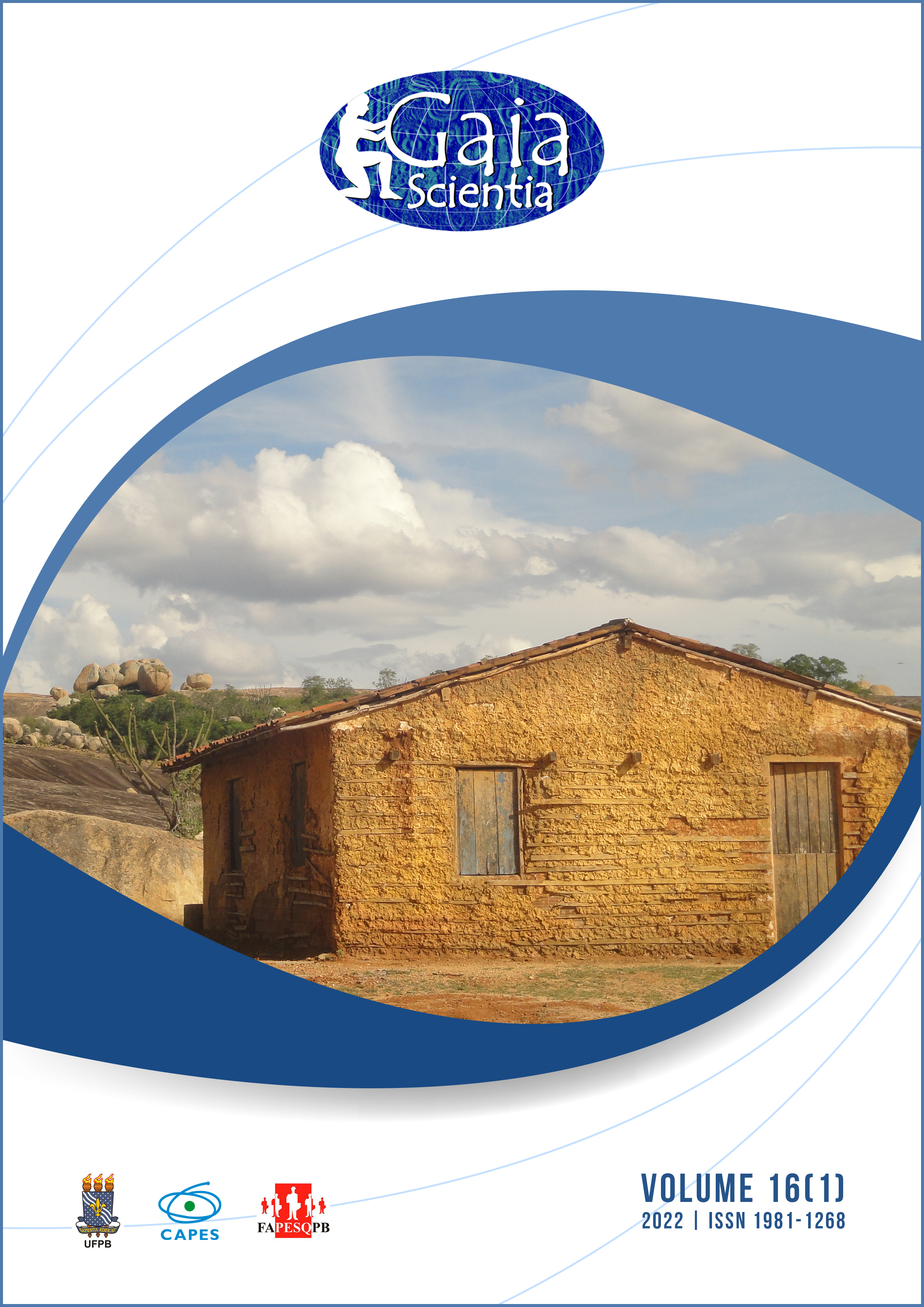Knowledge and use of food plants in Amazonian communities in the Soure Marine Extractive Reserve
DOI:
https://doi.org/10.22478/ufpb.1981-1268.2022v16n1.62179Abstract
The food collection, preparation and consumption available in each environment represent traditional practices and have historically been essential to feed local communities. The objective of this study was to carry out a survey on food resources in the communities of the Marine Extractive Reserve of Soure. 92 informants were interviewed, divided into three communities, and guided by semi-structured scripts, the similarity between the communities was analyzed using the Jaccard Index (JI). Thirty-nine species distributed in 22 families were mentioned, and IJ varied between 61% and 43% between communities. The species with the most forms of preparation was coconut (Cocos nucifera L.) in the form of porridge (49), seasoning (47), and in natura (38), followed by tucumã (Astrocaryum vulgare Mart), consumed in natura (23), as an alcoholic beverage (17) and as a dessert (10). Among the plant parts, the most mentioned is fruit (668 citations), followed by the leaves (99 citations) and the roots (3 citations). This is the first record of popular use of food plant species in the investigated communities.,Fostering socialization of knowledge between different generations is thus essential to ensure that beliefs, traditions and culture are not lost over the years.










